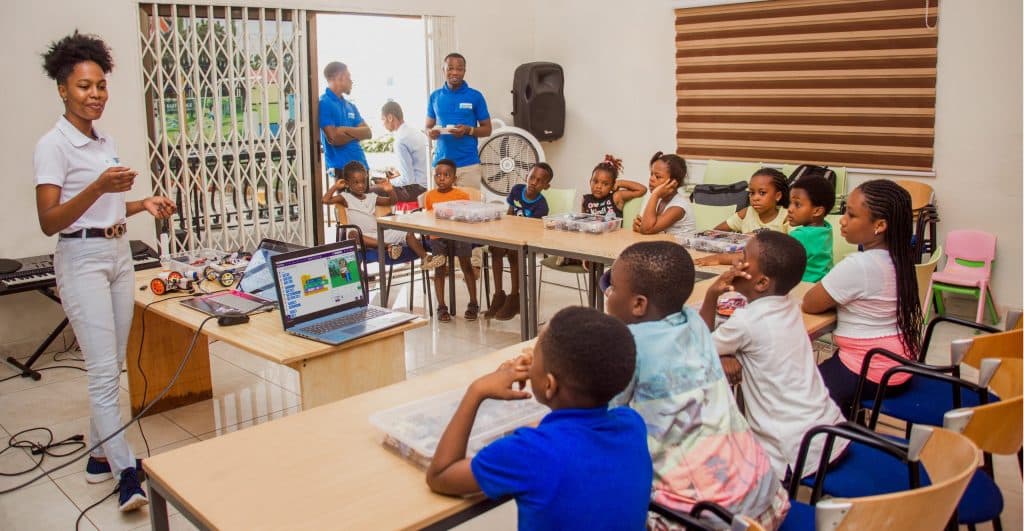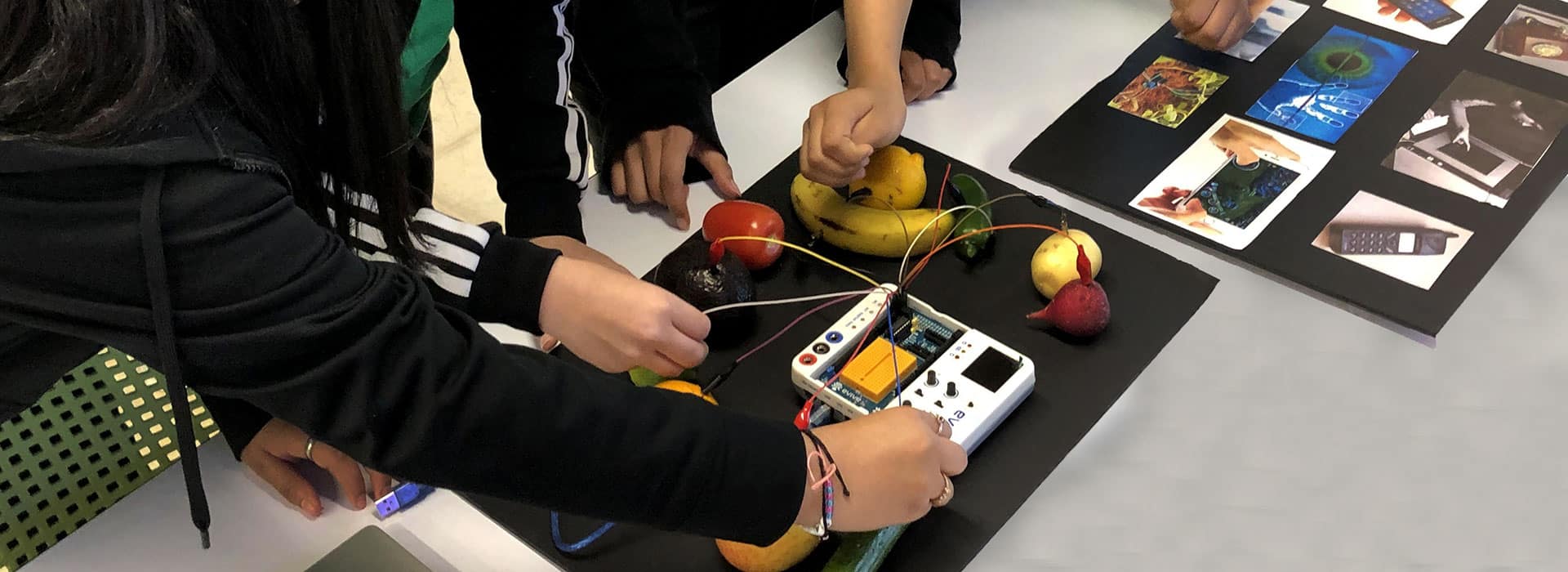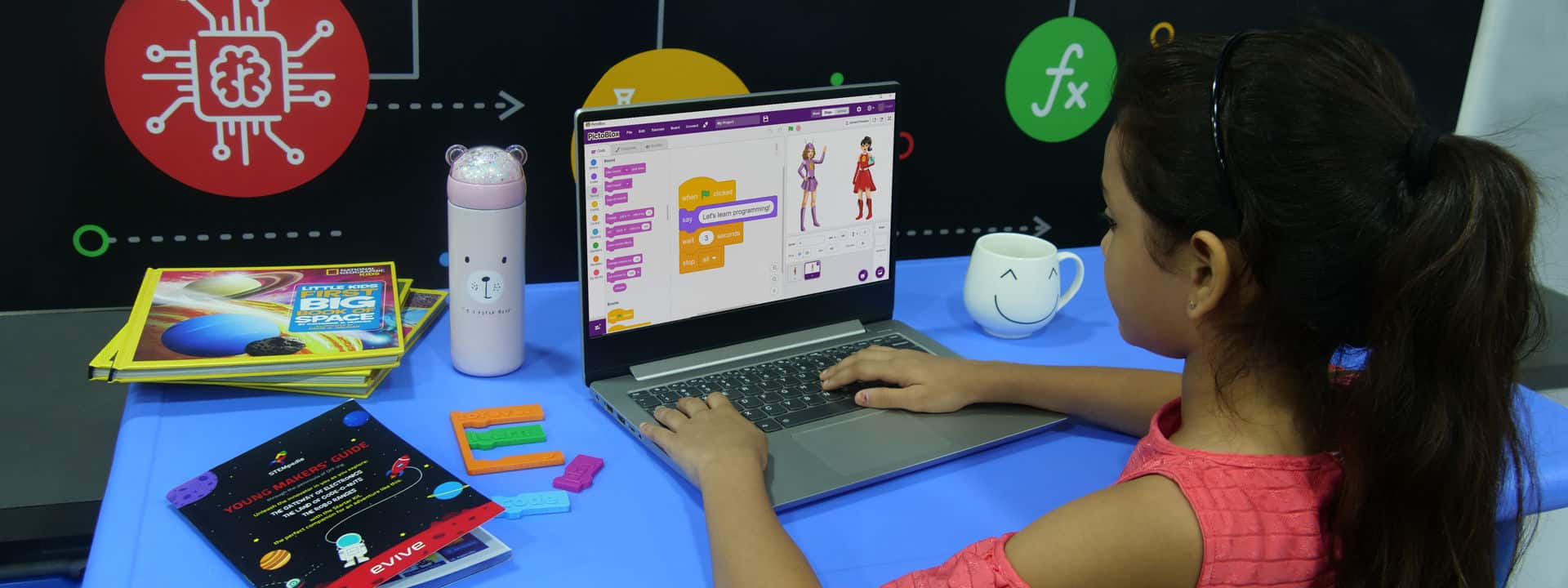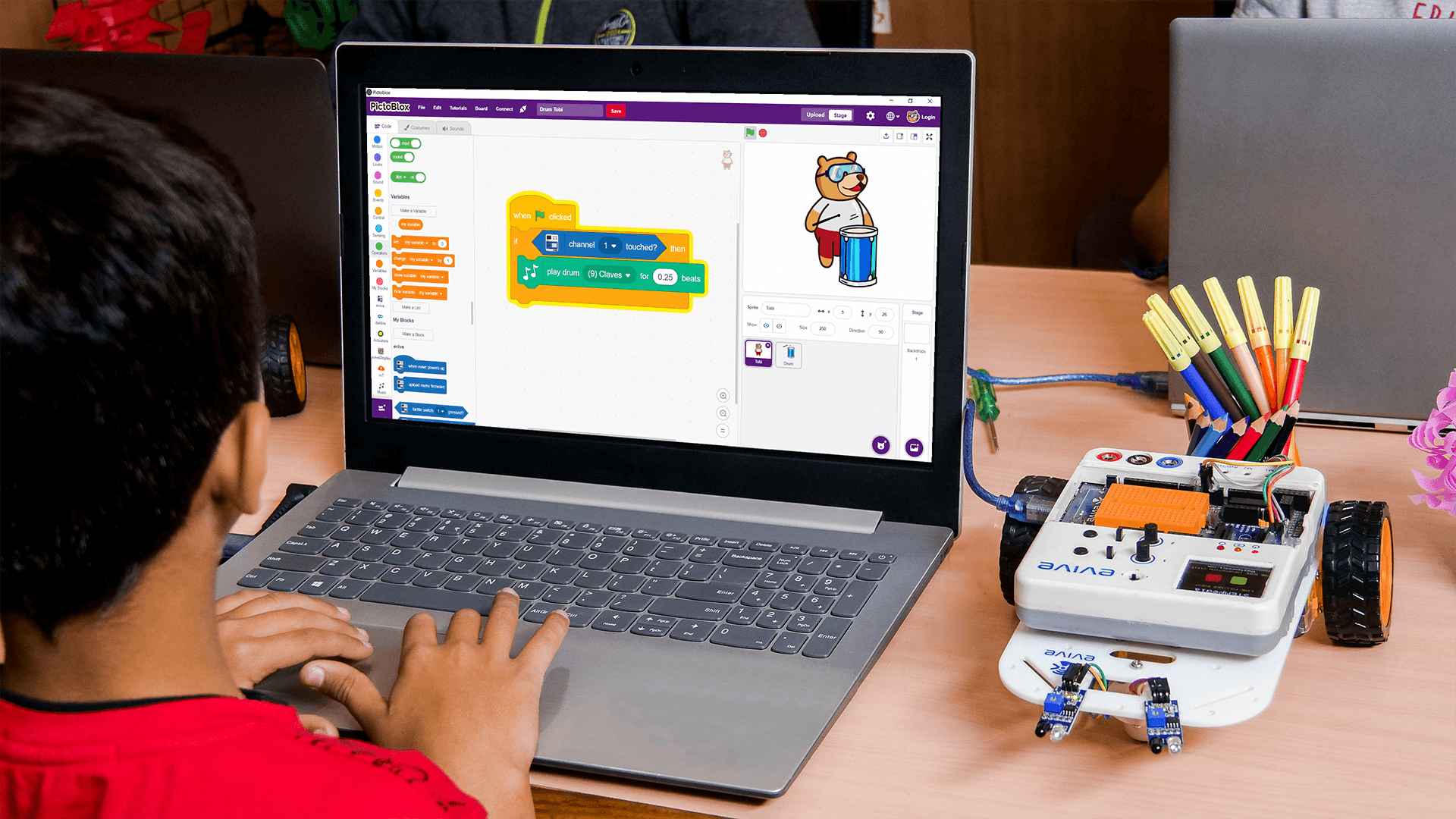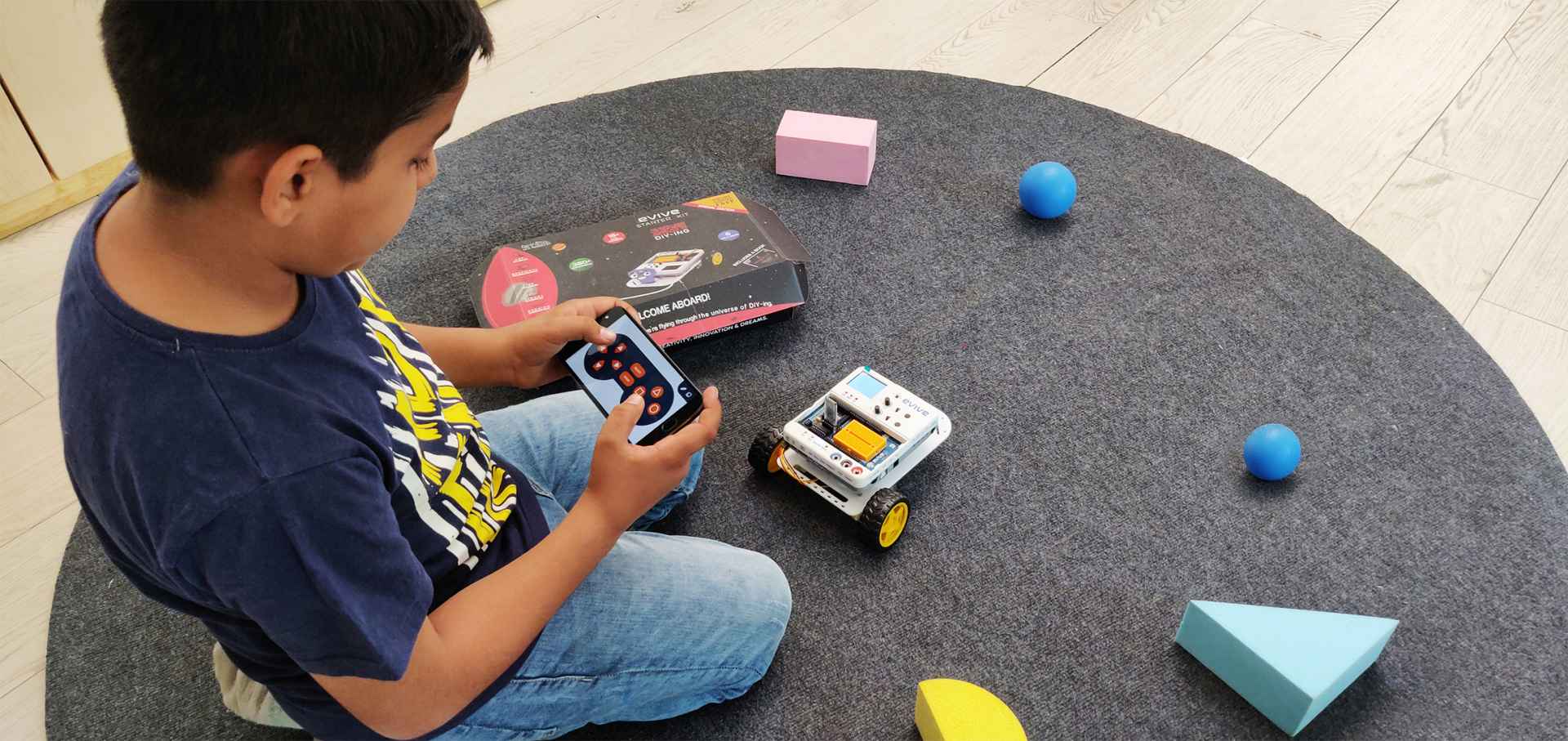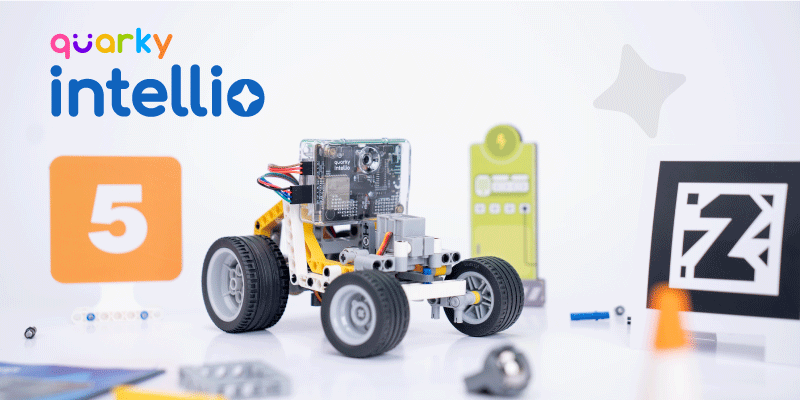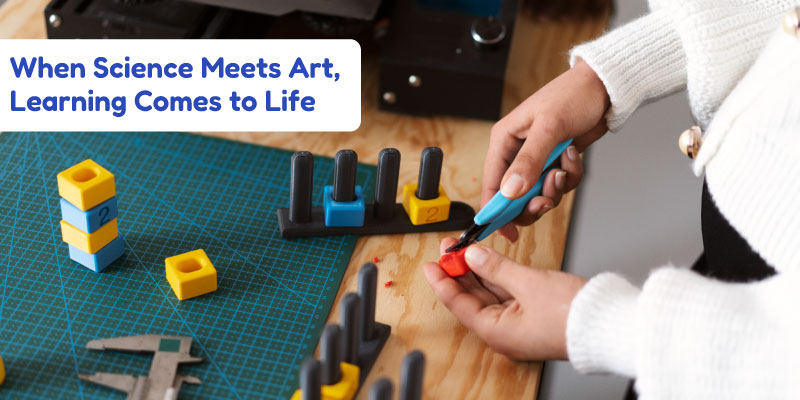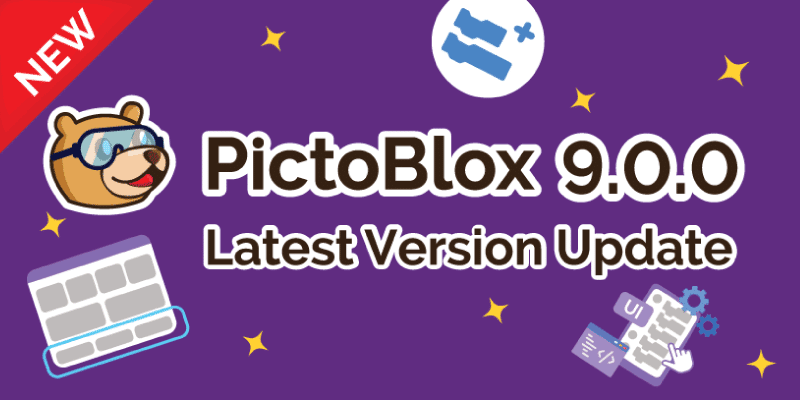Middle school is the prime time of schooling; students have just had the doors to the world been opened to them with endless exploration quests calling out to their inner voices. It is also the time when they (ideally) start defining the path of their career. This makes middle school years the ideal time to encourage students to take STEM seriously. This is where a successful STEM middle school curriculum comes into the picture. You cannot educate students in STEM with just any curriculum; you need a carefully designed STEM school curriculum. In this article, we’re going to take a look at why STEM in middle school is important and how to design a STEM education curriculum to teach STEM to your students in the most effective way.
STEM and Middle School
Middle school is a time when students start making choices of their own; be it clothes or appearance or career; it is a time when they start thinking for themselves. It is a time when their inner Robert Frost awakens from his slumber and contemplates which road is going to be his “less traveled by” road that is “going to make all the difference”. If the STEM education appeals to them at this point, then they are likely to choose STEM disciplines in high school and even pursue careers in STEM fields.
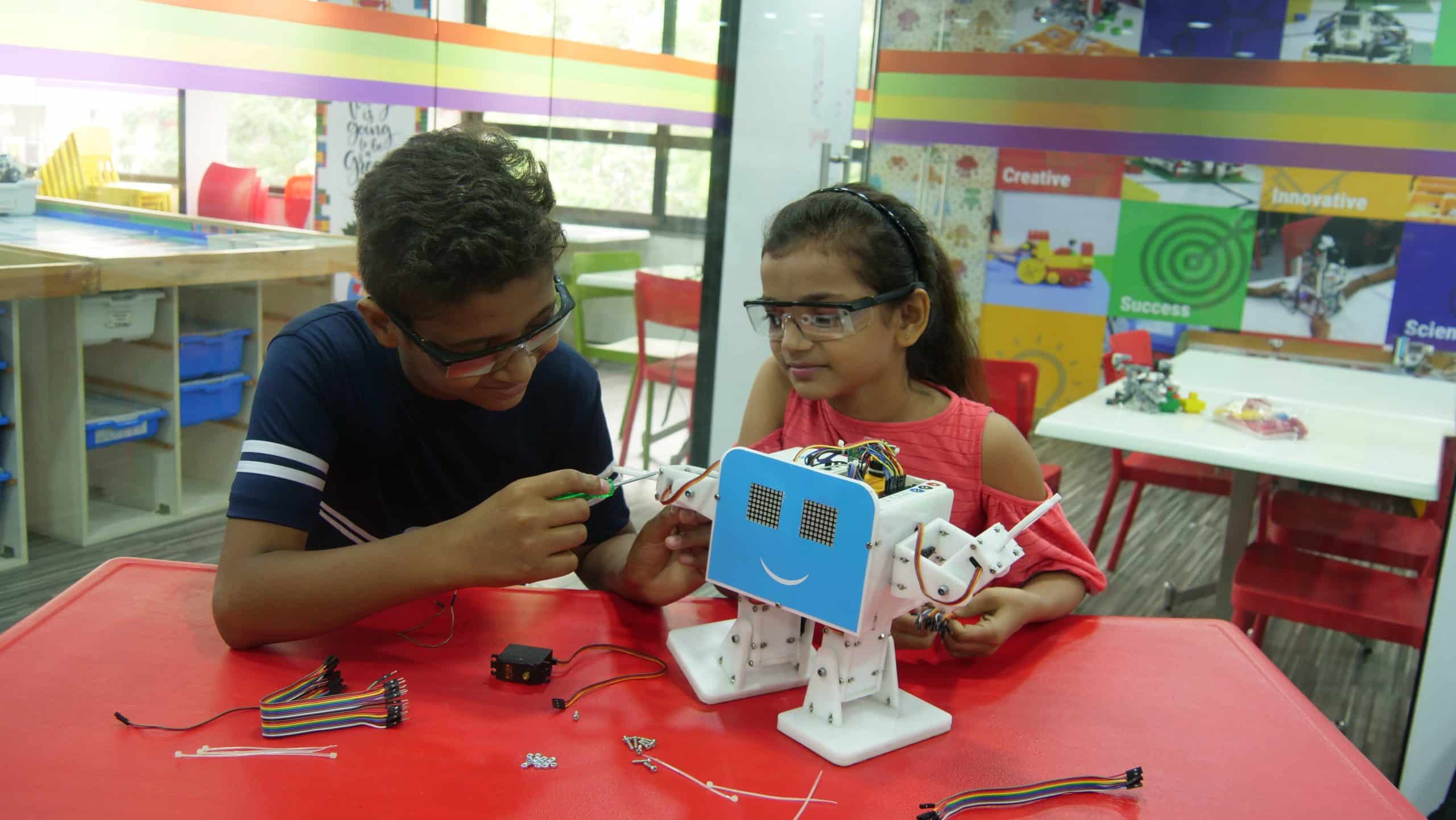
Another important reason for having an education curriculum for middle school that focuses on STEM disciplines is the learning ability of middle schoolers. As this article mentions, the teenage brain is like a super sponge that can easily absorb all that you put before them; the only catch being that the brain is Simon Cowell and whatever you put before them has to be engaging enough to entrap his attention for more than a minute which is another reason for implementing a STEM school curriculum in middle school classrooms.
This brings us to the next reason – experiential learning. Children LOVE making and breaking things, as we’ve pointed out in our article on how to set up a STEM lab. Therefore learning that involves a hands-on approach is more likely to stick with them rather than that confined to plain black scribbles on a bunch of white papers occasionally accompanied with colorful (sometimes not) pictures.
Implementing STEM in middle school also helps narrow the gender gap as this article points out. If girls are exposed to STEM disciplines at an early age, their brains would be wired for STEM and they would be more likely to pursue a career in a STEM field.
Now that we know WHY STEM education in middle school is important, let’s take a look at what makes a STEM middle curriculum great.
Designing a STEM Middle School Curriculum
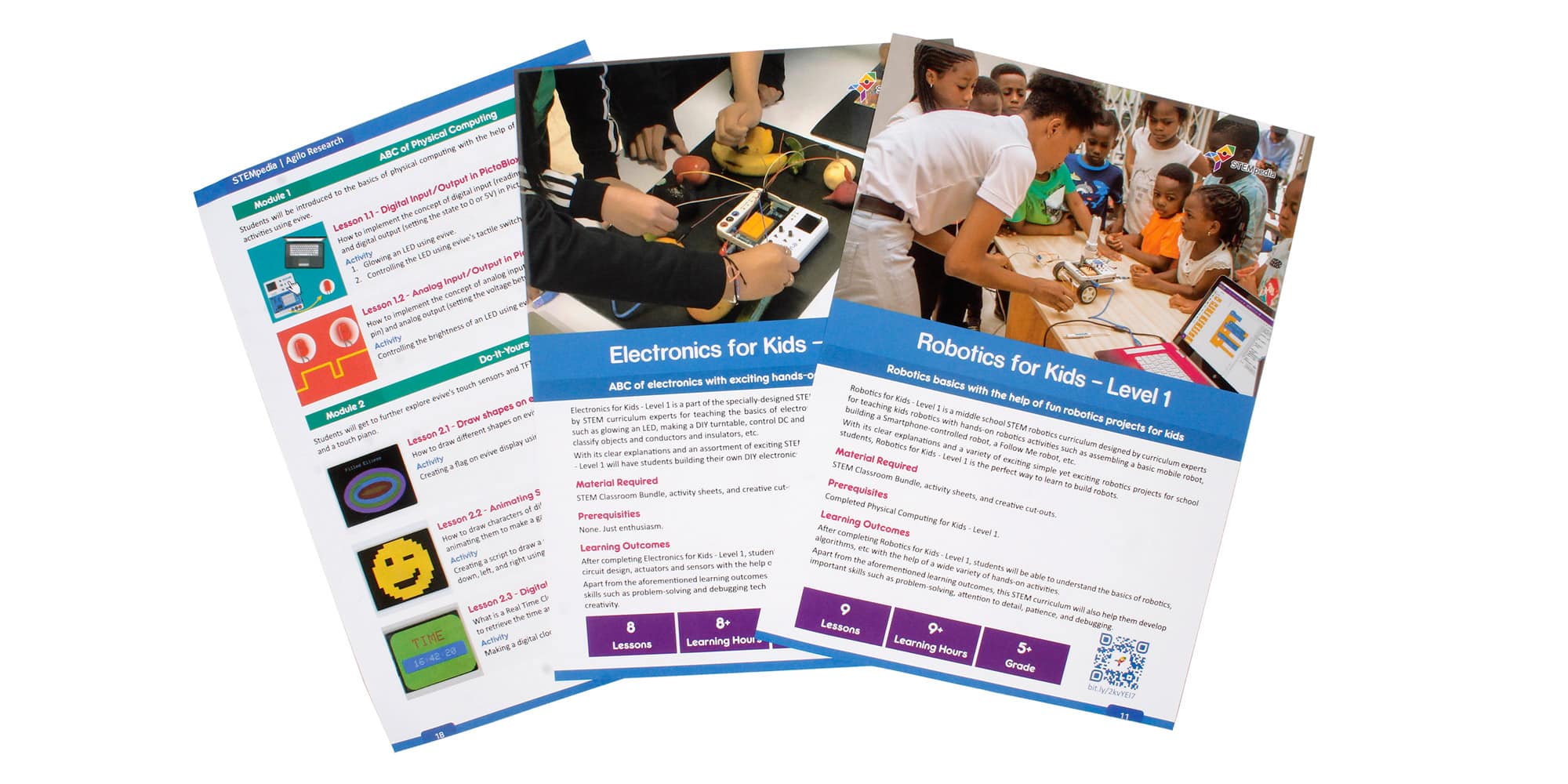
In our article on how to set up a STEM lab, we mentioned that any STEM lab, in spite of having the best-in-class DIY kits, construction material, and access to the Internet, is no good if there is no structured curriculum for successfully carrying out the activities in an organized fashion. After understanding the importance of having a structured curriculum gives rise to the question – what does a good STEM middle school curriculum look like? Or How to design a good STEM middle school curriculum? The answer to these questions, as much as we would want it to be, is neither direct nor liner (even one “paragrapher”). But the good news is that there is a checklist of certain “characteristics” that you may want to refer to for creating an effective STEM school curriculum.
-
The curriculum uses the EDP for problem-solving.
The engineering design process (EDP) is a step by step process for approaching and solving a problem. Every good STEM curriculum uses the EDP as its prime method for tackling problems because not only does it encourage students to delve deeper into the concepts and get a better understanding but also promotes hands-on learning, metacognition, and keeps them engaged.
-
The curriculum includes challenges based on real-world problems.
STEM activities and lessons must be based on real-world problems. No matter how intriguing or fascinating a problem involving wizards and aliens and other multidimensional beings may be, it would be of no use (at least for now) if students cannot tackle problems plaguing the real world.
-
The curriculum starts and ends with the students.
The best way to design any curriculum is to keep students at its center. If they don’t have prerequisite skills or the method of teaching the lesson or topic doesn’t really invoke curiosity or doesn’t leave them feeling inspired and more knowledgeable, the curriculum won’t be as effective it was supposed to be.
-
The curriculum engages students in teamwork.
The real world functions in a team. Period. No problem can be solved, especially on a larger scale, by a single individual. People need to have synergy if they wish to see results. Therefore, as an educator, you must ensure that the curriculum encourages students to work in teams. For that, you may first help them develop skills for effectively working in a team before jumping to the lesson.
-
The curriculum has inquiry-based learning at its core.
We’ve iterated this a number of times that the best learning is self-learning. Any good STEM school curriculum will encourage students to pose the questions and look for the answers with the educator only facilitating and guiding them just to make sure that they are on the right path instead of spoon-feeding them.
-
The curriculum uses the right technology.
Since we’re living in the midst of the digital revolution with the world advancing towards a tech-dependent future, students must know how to use technology and how does it work. You, as an educator, can look for the latest tech that makes the entire learning experience more fun and fruitful and at the same time is suitable for use in your classroom.
-
The curriculum includes an appropriate assessment process.
Gone are the days where simply assigning grades to students or mentioning “pass” or “fail” in their report card suffices as assessment. Since the process of learning has become more advanced and complex, the process for assessing their progress should. Are they gaining the knowledge they were meant to? How well are their critical thinking ability, teamwork skills, communication skills, creative thinking, etc? How well did they address the problem? Was their approach the best there could be or was there any other way? These questions are what should become a part of the assessment process.
-
The curriculum has room for making progress visible.
Appreciation works wonders and encourages people to do better. We know this is becoming a bit philosophical but trust us on this; highlighting their progress, encouraging them when they outperform “themselves”, and motivating them to do better would actually inspire them and make them become more active in class. So, go ahead and cheer for them!
STEMpedia’s STEM Middle School Curriculum
STEMpedia’s STEM curriculum experts along with other educational institutes have meticulously prepared a modular STEM middle school curriculum for introducing middle school students to the basics of electronics, programming, physical computing, and robotics through engaging hands-on STEM activities and projects. With experiential learning as its prime focus, our STEM school curriculum consists of various lessons and hands-on STEM middle school activities that will help students develop important life skills such as creativity, critical thinking, problem-solving, teamwork, and attention to detail.
The curriculum consists of the following sub-curricula:
Electronics for Kids – Level 1
Electronics for Kids – Level 1 is a specially-designed STEM middle school curriculum for teaching the basics of electronics to kids through simple yet engaging STEM activities such as glowing an LED, making a DIY turntable, control DC and servo motors, using touch sensors to classify objects and conductors and insulators, etc.
After completing this curriculum, students will have a basic understanding of electronics, circuit
design, actuators, and sensors with the help of a wide variety of STEM activities that will help them develop skills such as problem-solving and debugging techniques, DIY-ing, teamwork, and creativity.
Introduction to Programming for Kids
Introduction to Programming for Kids is a creative computing curriculum designed by curriculum
experts for teaching programming to kids through coding activities such as animating characters, drawing shapes, making an automatic grading system, etc.
After completing this curriculum, students will become familiar with programming basics, algorithms, logical reasoning, and conditional programming with the help of a variety of coding activities that will help them develop important skills such as problem-solving, critical thinking, and teamwork.
Physical Computing for Kids – Level 1
Physical Computing for Kids – Level 1 is a coding curriculum for middle school designed by computing curriculum experts for teaching physical computing through exciting activities such as controlling characters using evive, creating exciting games, making a smart LED street light, etc.
After completing Physical Computing for Kids – Level 1, students will become familiar with the basics of physical computing and gamification, algorithms, and logical reasoning with the help of a wide variety of coding activities. Apart from the aforementioned learning outcomes, this STEM curriculum will also help them develop important skills such as problem-solving, attention to detail, and abstract thinking.
Robotics for Kids – Level 1
Robotics for Kids – Level 1 is a middle school STEM robotics curriculum designed by curriculum experts for teaching kids robotics with hands-on robotics activities such as assembling a basic mobile robot, building a Smartphone-controlled robot, a Follow Me robot, etc.
After completing this curriculum, students will be able to understand the basics of robotics, algorithms, etc with the help of a wide variety of hands-on activities that will help them develop important skills such as problem-solving, attention to detail, patience, and debugging.
This STEM middle school curriculum is accompanied by free printables for teachers such as lesson plans, activity sheets, and teaching slides for assisting them to make the most out of the lessons.
For implementing this STEM school curriculum in the best possible way, we also provide with a STEM classroom bundle – a mighty set of multiple evive Starter Kits – do it yourself STEM kits for kids and beginners of all ages to give them the perfect start into the world of electronics, programming, and robotics.
Plan of Action
The four parts of STEMpedia’s STEM middle school curriculum have been designed for a time period of 2 years with around 30 sessions per year. The plan of action for the curriculum is as follows:
- Start with Electronics for Kids – Level 1. This will introduce the students to basic electronics circuits.
- Then, go through Introduction to Programming for Kids (You can skip this if the students are familiar with the basics of Scratch programming).
- Next is Physical Computing for Kids – Level 1, which will teach them how to program evive and hardware like sensors and actuators in PictoBlox (a Scratch blocks-based graphical programming software developed by STEMpedia).
- Once students are familiar with the basics of electronics and programming, you can move on to Robotics for Kids – Level 1. This will introduce them to the basics of robotics as they build robots of their own.
After each of these sub-curricula, students will have to make e a capstone project which will focus on solving real-world problem problems.
In a Nutshell
Middle School is THE time for students for learning and making choices that will define their future. Therefore, it is also the right time to encourage students to explore the world of STEM and develop an affinity towards it. But this won’t be possible without the help of a meticulously organized STEM school curriculum. STEMpedia brings to you a quick insight into how you, as an educator, can design the right STEM education curriculum for your middle school students and also into its own STEM middle curriculum designed by STEM experts with the aim of educating students in STEM education with a fun-filled hands-on approach.
Want to know more about and/or implement our STEM curriculum in your school? Get in touch with us!

